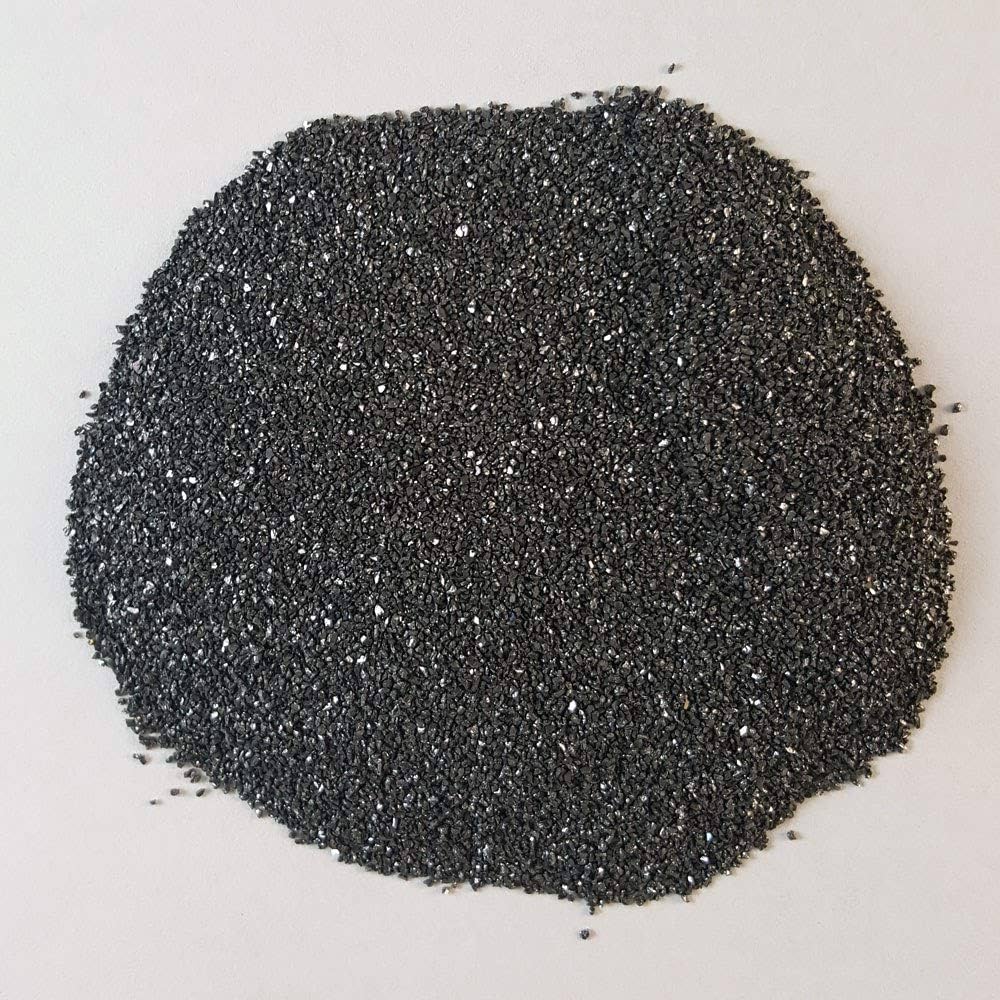Metallurgical Silicon Carbide (SiC): The Engine of Industrial Resilience
In the crucible of modern metallurgy, Silicon Carbide (SiC) emerges as a material of relentless endurance. Synthesized at 2,200°C via the Acheson process, its covalent Si-C bonds deliver a rare trifecta: 28–32 GPa hardness (second only to diamond), 170 W/m·K thermal conductivity, and 4.0×10⁻⁶/K thermal expansion—enabling dominance in extreme environments

Steel’s Silent Architect
SiC rewrites steelmaking thermodynamics through SiC + O₂ → SiO₂ + CO (ΔG°=−432 kJ/mol), simultaneously deoxidizing melts and injecting silicon. In refractories, its 450 MPa flexural strength at 1,400°C and self-passivating SiO₂ layer (Wagner oxidation) outlast alternatives by 10x
Faraed Pooya’s Precision
Through Sinter-HIP densification, we engineer SiC-SiC composites with 99.8% theoretical density, slashing energy use in kilns by 22%—where material science meets industrial pragmatism